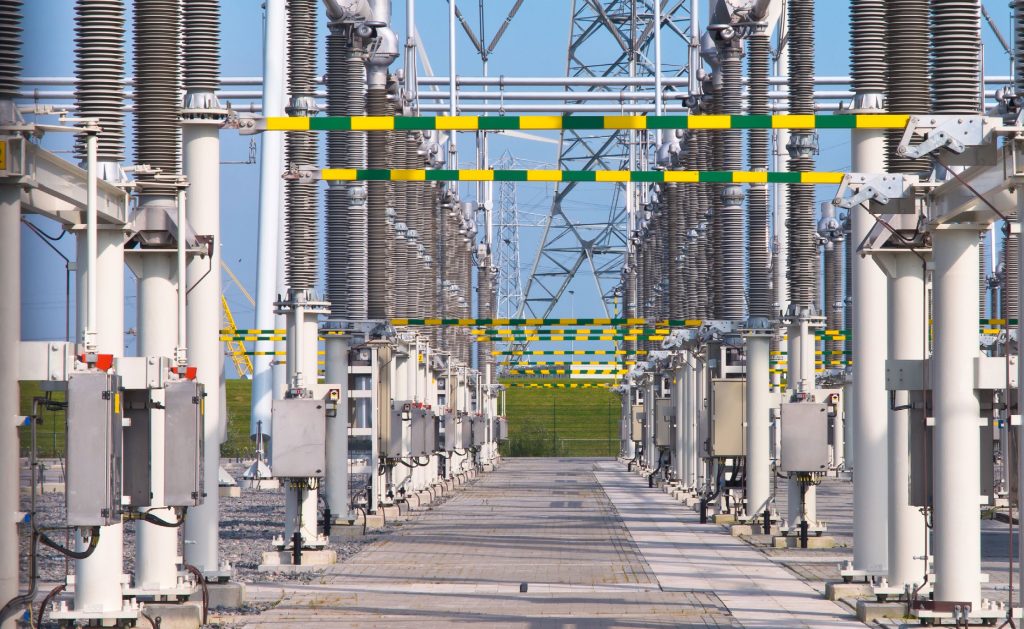Africa, the second-largest continent, is undergoing a remarkable renewable energy revolution.
From the vast solar fields of North Africa to the wind-swept coasts of the Horn of Africa, the continent is harnessing its abundant natural resources to meet its growing energy demands.
However, this transition to green energy sources is facing a critical bottleneck: inadequate transmission infrastructure.

According to Francesco La Camera, the Director-General of the International Renewable Energy Agency (IRENA), “The existing transmission infrastructure in Africa is inadequate, and the power systems in most countries incur substantial losses.” Inadequate transmission networks not only hinder access to energy but also limit Africa’s ability to fully utilise its extensive renewable energy potential.
As per African Development Bank Group reports, the continent has a massive capacity for solar energy (10 TW), abundant hydroelectric resources (350 GW), significant wind power (110 GW) and geothermal energy sources (15 GW).
South Africa serves as a prime example of this challenge.
Despite its abundant solar and wind resources, the country’s aging and overburdened transmission network has struggled to keep up with the rapid growth of renewable energy.
In late 2023, South Africa experienced devastating blackouts, prompting the government to scale back its ambitious plans for new renewable capacity additions. Instead of the originally planned 4,200 MW, the latest bidding round for independent power producers saw only 860 MW contracted-less than a fifth of the initial target.
The transmission infrastructure predicament is not unique to South Africa; it is a challenge faced by nations across the African continent.
While micro-grids and off-grid solutions have a role to play in improving energy access, they cannot replace a robust, interconnected power grid.
A well-functioning transmission network is essential for reliable power delivery to homes, businesses and industries.
Without it, efforts to harness Africa’s wind and solar resources will inevitably stall.
To realise the continent’s vast renewable energy potential, Africa must prioritise investment in transmission infrastructure.
As La Camera emphasises, “To realise the continent’s vast potential, we must ensure adequate investment and infrastructure development to support renewable energy.”
This investment extends beyond individual countries, as cross-border transmission infrastructure and deeper electricity trade are crucial for grid flexibility and regional resilience.
One country that has recognised the urgent need for transmission infrastructure upgrades is Zimbabwe.
Zimbabwe requires $2 billion to modernise its aging power transmission and distribution networks.
Without such critical investments, Zimbabwe’s energy system will remain vulnerable, hindering its ability to integrate renewable energy and provide reliable electricity to its citizens.
In response to these widespread challenges, the Southern Africa region has taken a significant step.
The Southern Africa Power Pool (SAPP) and the Southern African Development Community (SADC) have appointed Climate Fund Managers (CFM) to manage the $1.3 billion Regional Transmission Infrastructure Financing Facility (RTIFF).
This facility aims to improve strategic interconnections and cross-border energy transmission, enhancing the region’s grid reliability and resilience.
The need for investment in cross-border transmission infrastructure and the deepening of electricity trade has become increasingly apparent.
As La Camera explains, “Continued investments in cross-border transmission infrastructure and a deepening of electricity trade can bring more flexibility to achieve a smart diversified generation structure and accommodate a high share of variable renewable energy, thus enhancing Africa’s grid reliability and resilience.”
A prime example of this regional approach is the 400kV power transmission line linking Kenya to Zambia through Tanzania, set for completion in November 2025.
This project will connect the Eastern Africa Power Pool (EAPP) with the Southern Africa Power Pool (SAPP), enabling cross-border electricity trade between the two regions.
By extending Tanzania’s transmission backbone, this initiative will open new market opportunities for
renewable energy producers, especially to supply power to the energy-hungry southern Africa region.
Parallel to this, Kenya is also racing to complete a $309 million transmission line to trade electricity with Tanzania, its third power trading partner after Uganda and Ethiopia.
With Kenya’s electricity demand expected to grow rapidly in the coming years, these regional interconnection projects are crucial to providing access to additional power sources.
Africa’s green energy revolution hinges on transmission infrastructure.
As solar and wind projects multiply across the continent, investment in transmission networks becomes
non-negotiable.

By bridging the gap between supply and demand, Africa can unlock its true renewable energy potential and build a sustainable future for its people.
Investments in transmission infrastructure are not only essential for the development of renewable energy, but they are also critical for economic growth and job creation.
A reliable power grid is essential for businesses to operate and for people to live and work.
By investing in transmission infrastructure, Africa can unlock its full potential for economic growth and development.
Addressing this challenge will not only unlock the continent’s vast renewable energy potential but also enhance energy security and regional integration, paving the way for a more sustainable and prosperous future for all Africans.
Text by Farai Chaka

